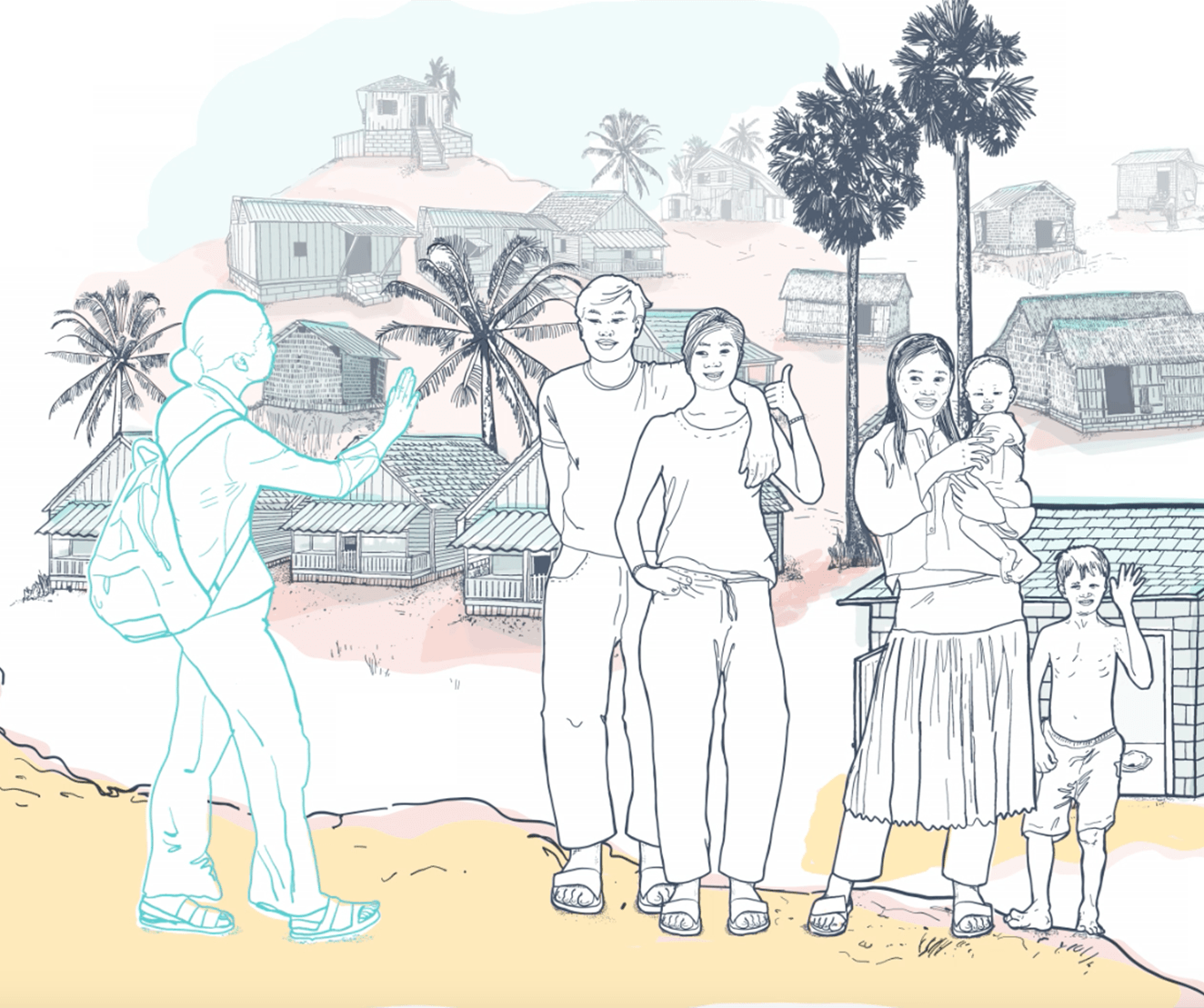What is intersectionality? How can you apply it in practice? There are multiple sources of disadvantage and discrimination that impact peoples’ lives, which is magnified when these overlap and intersect. There is a growing focus on the intersection of factors such as disability, gender, class and caste. This short article delves into some of the key proponents and literature that gave rise to the concept of intersectionality, the debates that informed its evolution and use, and shares some insights on how to ‘ask the other question’ to inform more nuanced development approaches.
Who might find this resource useful and why?
Who: WASH programme managers, implementing partners, researchers, policy makers, rights holder organisations.
Why: WASH actors are stepping up their efforts in order to “leave no one behind”, “do no harm” and reduce inequalities. This makes it important that WASH practitioners, policy makers and researchers are aware of the debates on intersectionality. To date, awareness of the concept of ‘intersectionality’ has not yet translated into a deep understanding of its implications or readily available tools and processes for WASH actors to understand and engage with. This paper supports the WASH sector’s engagement with, and use of, the concept of intersectionality, so as to ensure the voice of those “multiply disadvantaged” individuals and groups are placed at the centre of WASH programming, and that the structural factors that give rise to inequality and oppression can be effectively challenged.






